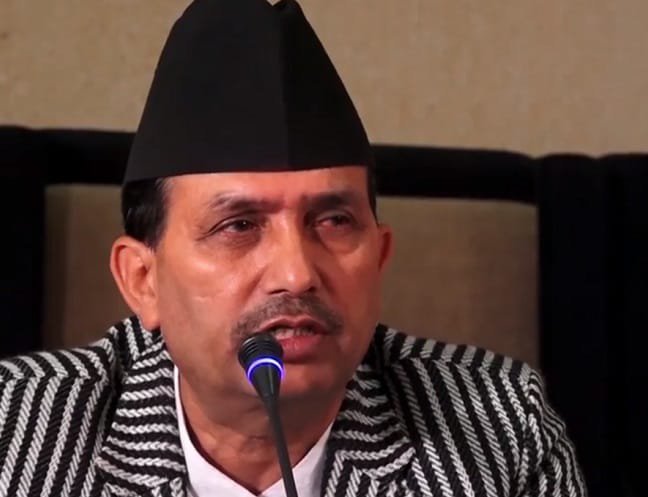
At a time when India is planning to ease down the lockout categorizing its district on the basis of prevalence of the COVID-19, Minister of Health and Population Bhnubhakta Dhakal also indicated that Nepal is also preparing a plan to ease the lockdown.
Addressing the, meeting of parliamentary committee, Minister of Health and Population Dhakal said that Ministry is charting out plans to ease the nationwide lockdown to curb the spread of coronavirus in a bid to gradually restart the stalled economy.
Good Progress Across Border
Good for Nepal is that except Nepal’s eastern border with West Bengal including Darjeeling and Jalpaiguru district which are declared as red zone, all other districts of four states with which Nepal share the border are either green or orange zone.
According to a reports in India Today, Bihar’s Kisangunj, Supaul, Araria, East-Champaaran, and Sitamarhi all districts are under green zone category. However Madhubani and Darbangha are in organs zone.
Nepal’s border with Utter Pradesh like Siddhartha Nagar is in green zone. However, Baharaich and other areas are in organza zone. Similarly, none of the districts under Uttarakhanda which share border with Nepal are in red zone.
Nepal shares 651 Kilometer border with Uttar Pradesh, Uttarakhand 303, West Bengal 96, Bihar 601 and Sikkim 97.8 with total 1748.8
Red, Orange and Green -- that's how districts across India will be classified over the next few weeks as India enters another phase of its battle against the novel coronavirus pandemic. As close neighbor of India, Nepal will have impacts of these classifications depending upon its border.
With the nationwide lockdown ending on May 3, Indian government has decided to move to a district-wise zone classification system.
The 733 districts of India will be broadly divided into Red Zones, Orange Zones and Green Zones. The zone classification will determine the kind of restrictions placed on the movement of people and supply of goods in a district.
Nepal shares border with Indian state Uttarakhand, Uttar Pradesh, Sikkim, West Bengal and Bihar. Out of these, Uttar Pradesh shares the longest international border with Nepal.
“If the recommendations of the ministry are adopted, 77 districts of the country would be divided into three clusters of red, yellow and green, depending on population density, geography, linkage to international border and number of coronavirus cases. Districts that fall under yellow and green zones will see relaxation in restrictions, whereas areas categorized as red zones will continue to remain shut,” reports The Himalayan Times.
Since March 24, Nepal has continued under a lockdown enforced by the federal government enforced nationwide lockdown in Nepal on March 24 to prevent the spread of COVID-19.
The Himalayan Times reports that districts with more than five coronavirus cases will be classified as red zones. Districts with one to five coronavirus cases will be categorized as yellow zones. Districts with no case of coronavirus will fall in the green zone.
The government will continue to enforce the lockdown in red zone. However, there will ease restriction in yellow and green zones where non-essential service providers, such as shops that sell construction materials, barbershops and shops that offer plumbing and electrical wiring services, will be allowed to resume their businesses said the daily.
The paper said that the vehicular movement, both public and private, will be completely banned.
- Three-Day Global Science-Policy Forum: Socially Inclusive Solar Irrigation Systems Concluded
- Apr 26, 2024
- Nepal And China Ink Two Agreements , PM Prachanda Meets Chinese Delegation
- Apr 26, 2024
- Nepal Army Held National Cyber Security Symposium
- Apr 26, 2024
- Nepal’s Investment Landscape Revitalize By Nine Ordinances: FNCCI President Dhakal
- Apr 26, 2024
- Weather Forecast: Partly Cloudy In Hilly region And Mainly Fair In Plain Areas
- Apr 26, 2024
















